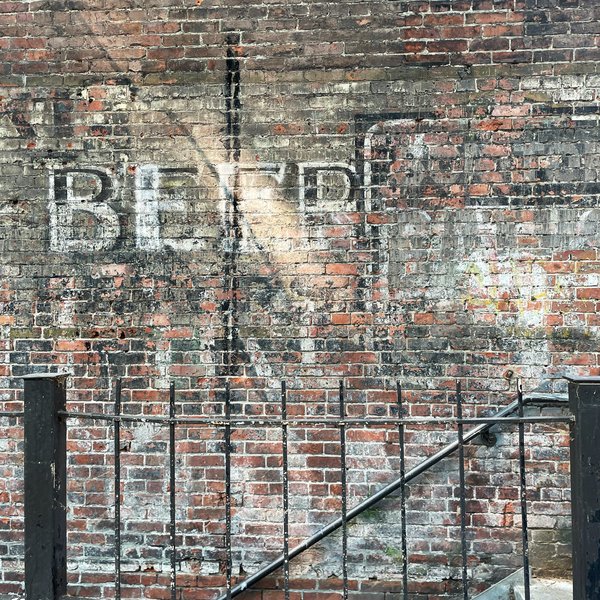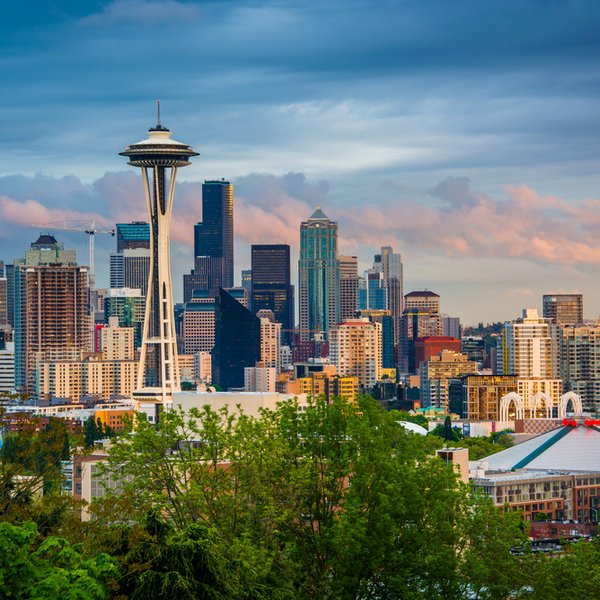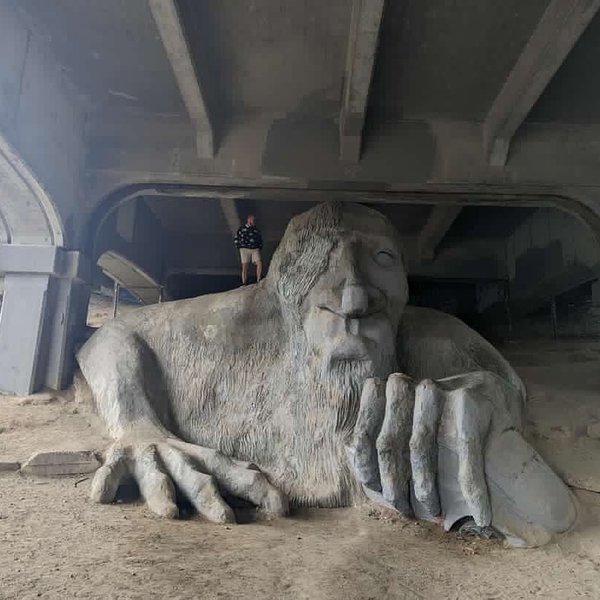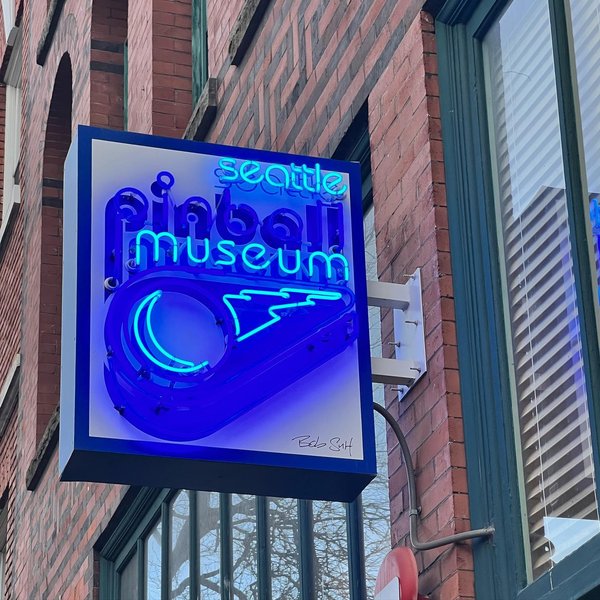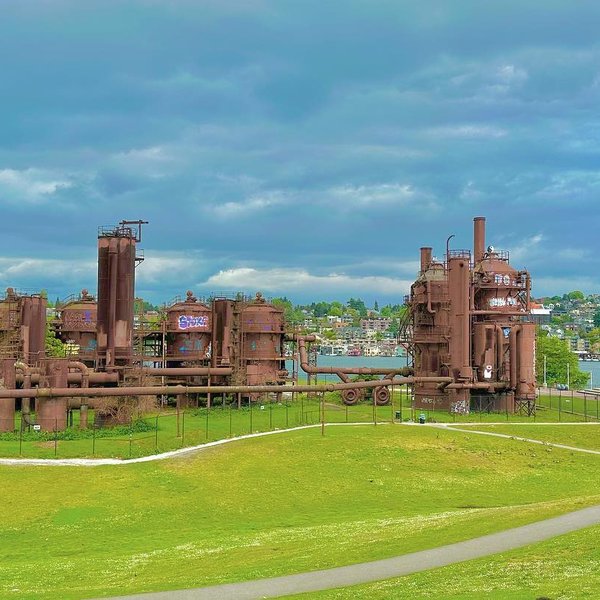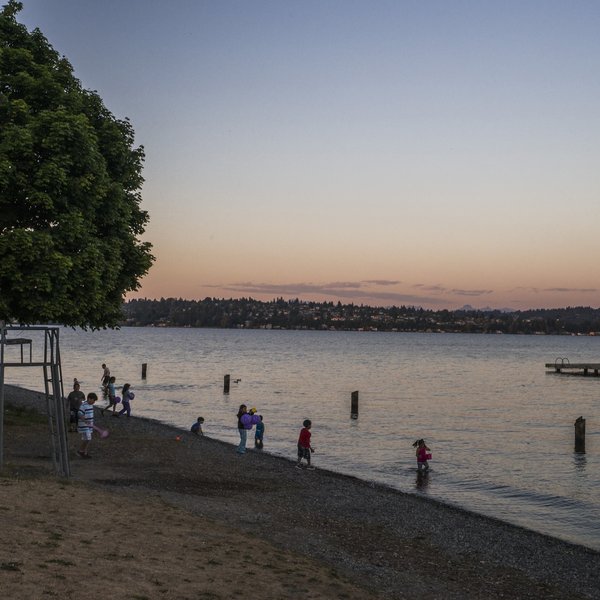
What is Magnuson Park
Today the park is a scenic recreation spot, jutting out into Lake Washington on the Sand Point peninsula. It's a great place for sailing, swimming, cycling, football, bird-watching or relaxing, but it has not always been this way. It was once a US Naval Air Station and, before that, it was for thousands of years the ancestral home of a tribe of Seattle's indigenous Duwamish People.

The Ancient History of Magnuson Park
Since the end of the last glacial period, about 10,000 years ago, the park and the area around it has been home of the Duwamish People. The Duwamish are made up of at least two groups of indigenous people that occupied much of modern day Seattle. These groups were culturally distinct but lived off a similar diet of mainly fish, seafood and berries. In the summer they ate this fresh, drying what they could spare to get them through winter when their diet would have to be supplemented with game such as ducks, beavers, bears and raccoons.
Much of their history and customs has been lost to time, but we know a fair bit about their lives around when the European colonists arrived. They lived in small villages consisting of one or more longhouses which different families shared together.
Society was divided into upper class, lower class and slaves determined by genealogy. Freeborn people liked to distinguish themselves visually and so would bind their babies heads to create a steep, sloping forehead. Amongst the upper classes there was no clear leader and a lack of obvious hierarchy.
Relations between tribes and villages were varied. Alliances and trade agreements were often forged through marriage, but violent disagreements were also not uncommon.
When the colonists arrived the Duwamish were forced into disadvantageous treaties and suffered from the introduction of European illnesses. Despite this they managed to retain much of their lands and heritage. Today they no longer live in Magnuson Park but exist in their hundreds in the larger Seattle area.
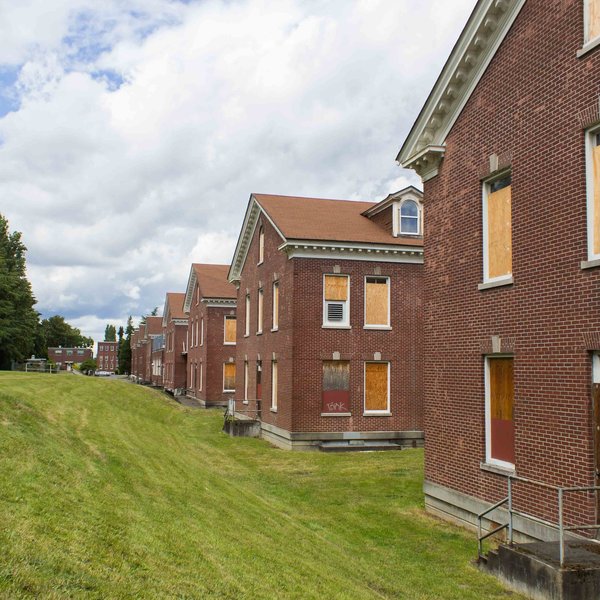
The Magnuson Park Air Station
The land was first made into a park in 1900 but calls for a Naval Air Station in Seattle following WW1 lead to this being being built in the park's place in 1922.
In 1924 the air station became the endpoint of the first aerial circumnavigation of the world.
The facility was used for years to train naval aviators and not without incident. Several trainees were forced to crash-land in Lake Washington where their submerged aircrafts remain today. These are often visited by local divers.

Magnuson Park is Born
The Naval Air Station shut down in 1970 and negotiations began as to who would get the disused property. A large portion of the land was given to the city. Much of this was developed into a park, originally called Sand Point Park but later renamed Magnuson Park after US Senator Warren Magnuson.
Magnuson was a long-standing and respected politician who played a leading role in repealing prohibition, sponsoring the nation's first unemployment compensation bill and overturning an 1882 ban on Chinese immigration.

Visiting Magnuson Park
The park is open around the clock and can be reached via the 62 and 75 buses. Simply debark at the Sand Point Way NE and NE 74th St bus stop and walk a couple of minutes down NE 74th.
Interested in finding more places like this? Try one of our CityDays Urban Exploration Games - untangle cryptic clues as a team, as you are taken on a journey to the most unique, unusual and bizarre corners of cities around the world.





